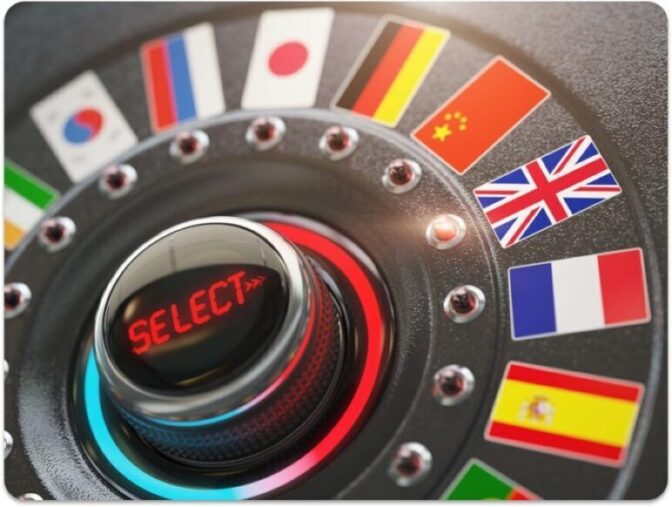1.12 Billion Speakers
920 Million Native Speakers
Mandarin Translation Services
At Translate UK we provide a professional Mandarin translation service, as well as Mandarin interpreters for all dialects. Mandarin has the highest number of native speakers in the world making it a critical language for international business and trades.
Mandarin Document Translation
Mandarin Legal Translations
Mandarin Technical Translations
Mandarin Interpreters
We also provide Mandarin interpreters for both face-to-face and remote appointments. All of our interpreters are qualified, experienced professionals. Get in touch today to find out how we can meet your language needs.
Mandarin Face-To-Face Interpreters
Mandarin Remote Interpreters
Drop Us a Line
Required fields are marked *
A Full Range of Language Services
We supply translators and interpreters to suit a range of business needs. Whether you need a specialist, who understands industry terminology, or an interpreter for a short notice video meeting, we work to ensure you have the right language support for your business.
The History of the Mandarin Language
Mandarin Chinese is the most widely spoken Chinese language and has the highest number of native speakers of any language worldwide. Mandarin is one of the Sinitic languages widely spoken across Southwestern and Northern China. It is also the basis of Standard Chinese, which is also known as Modern Standard Mandarin.
Mandarin was one of the seven variations of Chinese that evolved from Middle Chinese. The first form of Mandarin appeared during the twelfth century in the North China Plain. Mandarin became the language of the ruling class during the Ming Dynasty and eventually became the national language of China in 1909.
Mandarin has eight subgroups dividing up the dialects of different regions. This includes Southwestern Mandarin which has 260 million speakers, Central Plains Mandarin which has 186 million speakers and Northeastern Mandarin which has 98 million speakers. The Jilu and Lower Yangtze dialects both have over 85 million speakers and the Jiaoliao, Beijing and Lanyin dialects all have over 17 million speakers. There is also Standard Mandarin which is a formalised standard of the language.
Standard Mandarin is based on the Beijing dialect and is the official language of China. Standard Mandarin is used in television, radio, education and public services and it is also used as a lingua franca across the country.
Fluency levels of Standard Mandarin vary across China, with an estimated 70% of the country speaking the language. This varies both between urban and rural areas, as well as between the North and South of China. In the North, Mandarin is more widely spoken, while other Chinese languages have more popularity in the South.
Why Use Us?
We pride ourselves on offering our customers the best service possible.
Fast
Professional
Flexible
Secure
We Meet Tight Deadlines
We know how important deadlines are, so we work hard to meet even the tightest of deadlines.
We specialise in finding last minute interpreters, and in many instances, our translations take no longer than 48 hours to be returned. We have at times been able to provide same-day translations, and our linguists can provide sight-translations at appointments or in court.




Professional Qualified Linguists
Our team of linguists is composed of experienced, qualified individuals who work hard to meet your language needs.
Many of our linguists are registered with the Institute of Translation and Interpreting or the Chartered Institute of Linguists.
Our specialist linguists also possess additional sector specific training, experience or qualifications in their field.
Remote Service Options
- Zoom
- Skype
- Telephone
- Microsoft Teams
- Cloud Video Platform
- Conference Call (Complimentary)




Confidential and Secure
We ask that our linguists sign a code of conduct and data protection agreement, to ensure professionalism and compliance with GDPR regulations. Additionally, we only ever send documents by secure email so you can be sure that your data is safe with us.

